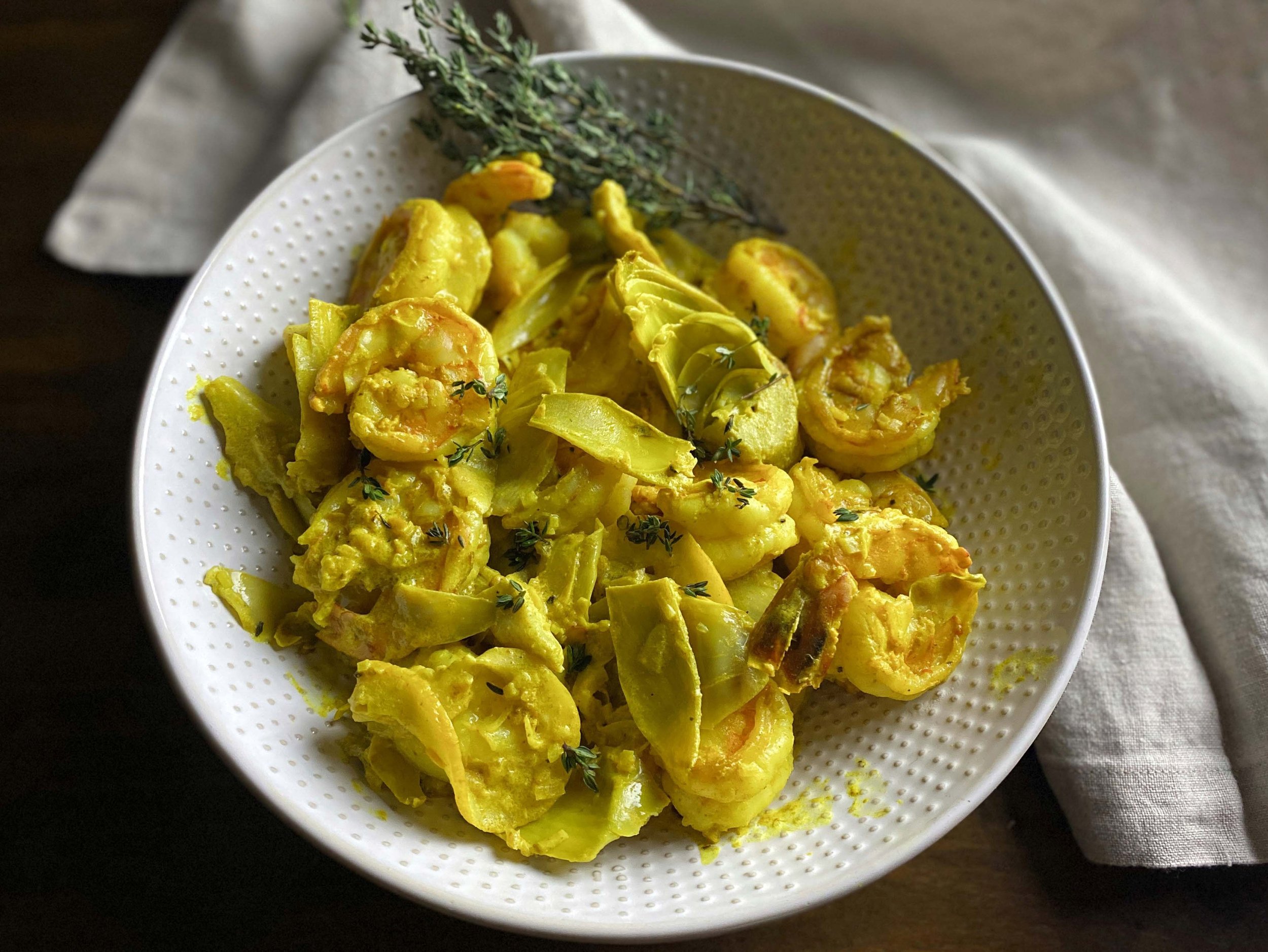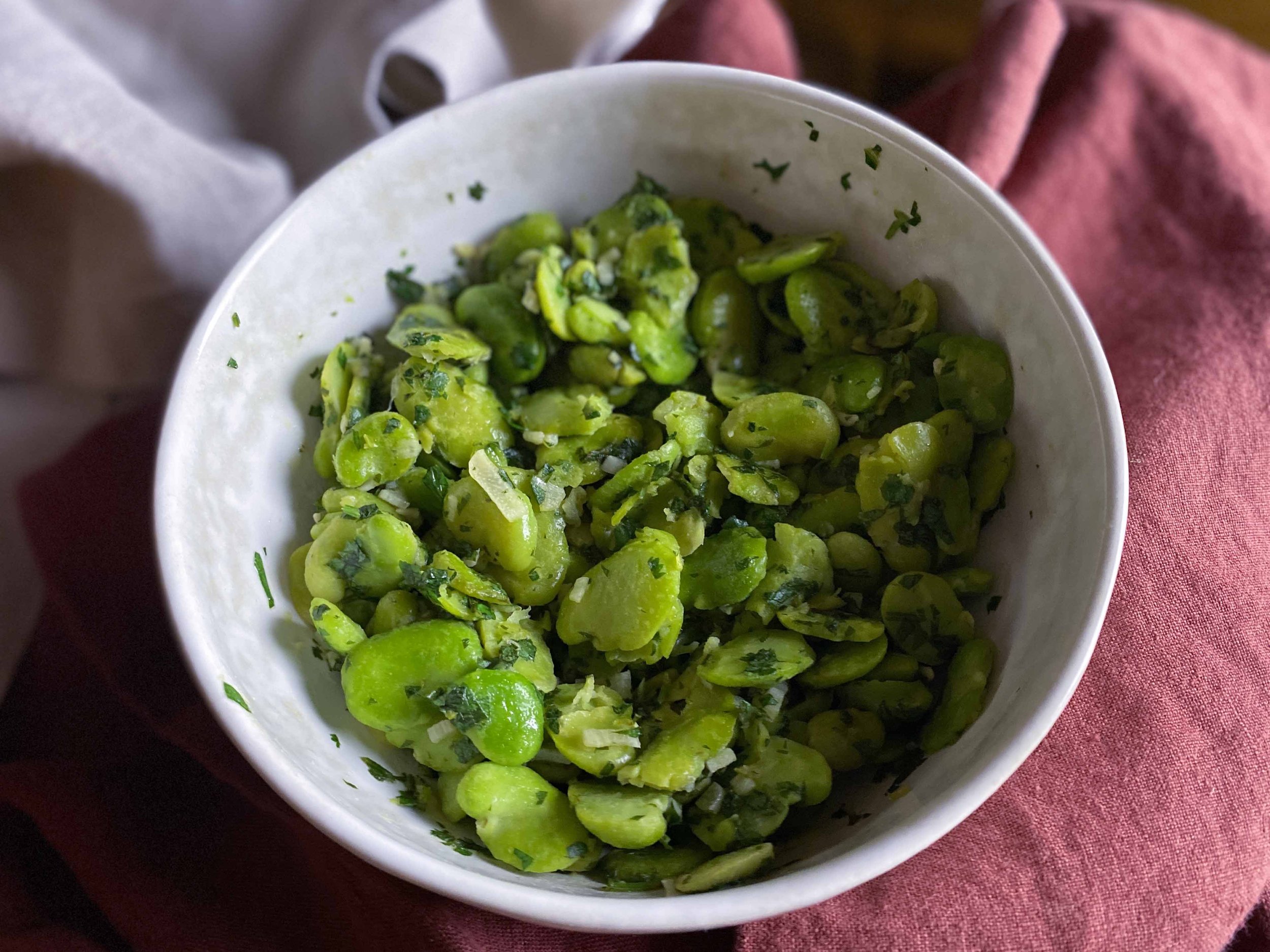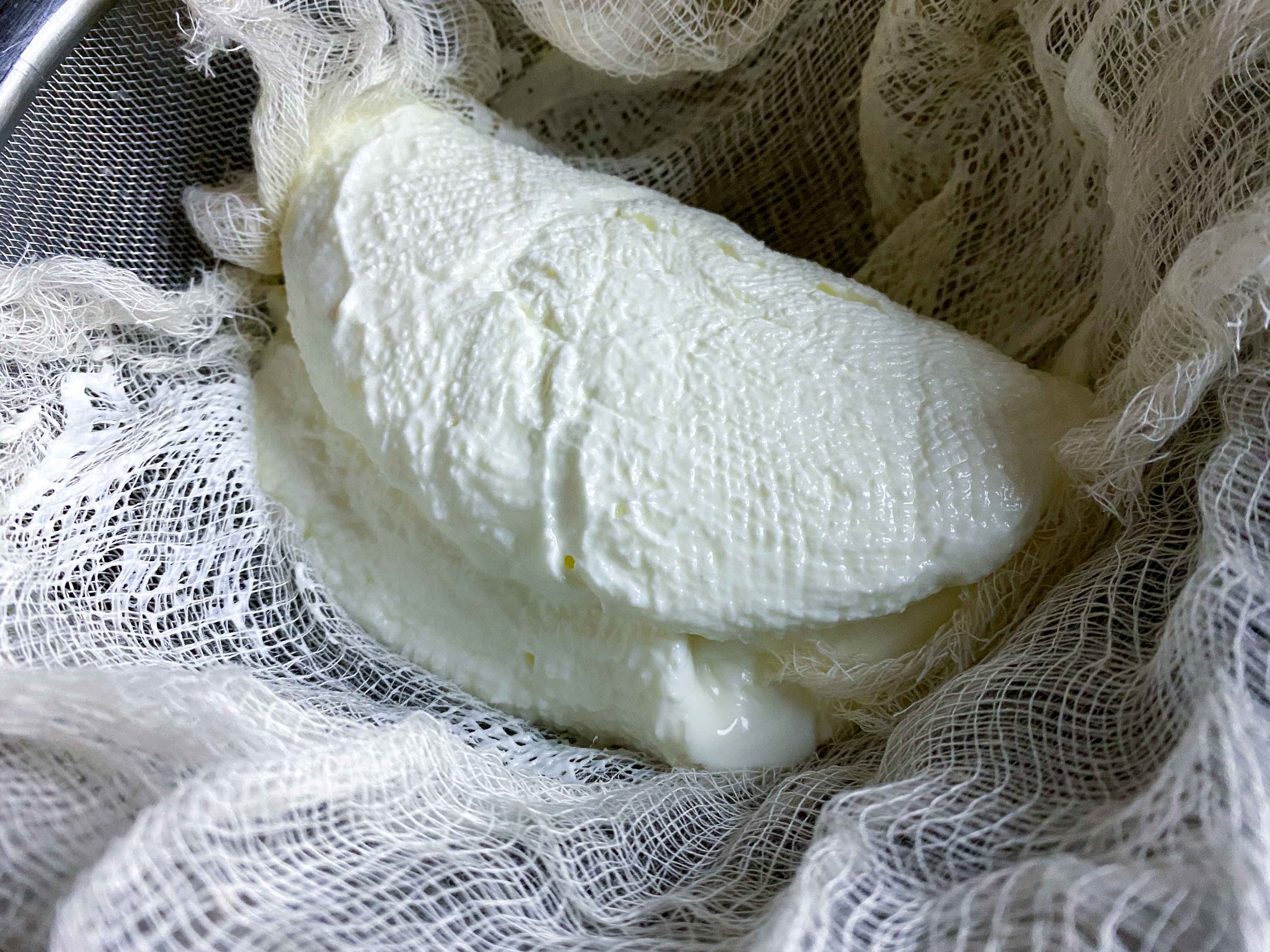By Leslie Brenner
The Arabesque Table: Contemporary Recipes from the Arab World by Reem Kassis; photographs by Dan Perez; 2021, Phaidon, $39.95.
Backgrounder
Born and raised in Jerusalem, Reem Kassis — who now lives in Pennsylvania, and lived in four other countries in between — is a former McKinsey consultant with two undergraduate degrees from the University of Pennsylvania, an MBA from Wharton and an MSc in social psychology from the London School of Economics. Following the birth of her first of two daughters, she stepped back from her 10-year career and decided to follow her “real passion” — cooking, food and food history. Her first cookbook, The Palestinian Table (2017), wove recipes from her family together with Palestinian culture and history. It won the British Guild of Food Writers First Book Award and was nominated for a James Beard Award.
Kassis’ aim with The Arabesque Table, as she explains in its introduction, was to write about and express in recipes “the evolving and cross-cultural Arab table.”
Why we love it
Kassis has created a fabulously rich collection of recipes and stories that manage to do three things at once. First, they ground us in the culinary traditions of the Arab world — particularly the Fertile Crescent (a.k.a. the Levant or the Middle East). Second, they paint an evocative picture of her Jerusalem childhood through food and her family traditions. And third, they give us a delicious collection of recipes that have her own very personal stamp.
Relatively new to the world of food-writing and professional cookery as Kassis may be, she has a great palate and a wonderful creative instincts. Her recipes respect and pay tribute to the flavors, ingredients and vibe of the Levant, but she’s not afraid to take liberties and risks — often to delightful effect. Many of these dishes will become permanent fixtures in my repertoire. Impressive!
For instance: a magnificent mega-mezza
Not a traditional dish, this roasted eggplant salad on a cushion of tahini is Kassis’ invention — combining elements of mutabal (roasted eggplant dip with tahini) and bitinjan al rahib (“monk’s eggplant” — roasted eggplant with fresh vegetables). As a result, it’s kind of like everything you want in a mezze assortment but all on one plate. The eggplant salad part, which has a gorgeous zing from just the right amount of pomegrante molasses, has pops of salty-meaty umami flavor from sliced green olives; walnuts add complexity and a bit of crunch. The tahini sauce is a creamy, rich foil. Swipe a piece of warm pita through it and you’re transported to everywhere you ever wanted to visit in the Levant.
And an elegant main you can make in a flash
I love this dish of shrimp sautéed with artichoke hearts, turmeric and garlic, enriched with a splash of half-and-half and brightened with slices of fresh lemon — with the salty undertone of preserved lemon. And once you have the shrimps peeled and deveined, it comes together nearly as quickly as you can read that sentence. (Seriously, you can have it to the table in 15 minutes.) In fact, I’ve made it twice in two weeks.
This goes great with that
If you’re a fan of fresh fava beans, but don’t enjoy spending the time peeling every single one, you’ll be glad to know that the bags of frozen ones (already peeled!) you can buy in well stocked Middle Eastern groceries are nearly as good. Or maybe you already knew. In any case, Kassis reminds us — and offers her original take on a Levantine classic. In the traditional version, made with fresh favas, the skins are left on, and the beans are chopped then cooked in “a generous amount of oil” to the point of very soft, then flavored with garlic and coriander.
Kassis prefers them bright green and free of skins — and having tasted favas in their skins, I agree. She most often makes this using frozen favas, and again: agreed. The dish is easy, delicious and I’ve already made it thrice.
Gotta try this!
Every comprehensive Middle-Eastern cookbook offers instructions on making labneh (or labaneh), the thick, creamy fresh yogurt-cheese that’s ubiquitous in the region. But somehow I’d never tried it till Kassis sung its praises. You don’t need a recipe; just stir together a quart of full-fat yogurt (regular, not Greek) with a teaspoon (or a little more) of salt, pour it into a cheesecloth-lined sieve set over a bowl, and let it drain overnight. In the morning, you have labneh. Add honey or jam, scoop it up with toasted bread, and you have breakfast. Or wait till noon, drizzle it with olive oil and sumac and call it lunch. More to come on that in a future story, but try it now; it’s delicious — definitely greater than the sum of its simple parts.
But wait — give us some pickles
I’d be remiss if I didn’t mention this very simple and quick pickle set-up. The brine — just vinegar, curry powder, turmeric, ground fenugreek, salt and water — makes delicious cauliflower and carrot pickles you can enjoy in a couple hours. They get even better as they sit, and you can also throw in cabbage, green beans, turnips or other veg. Keep one or two jars, give another as a gift.
RECIPE: Turmeric and Fenugreek Quick Pickles
A very minor suggestion
I tested a total of 7 recipes from The Arabesque Table. For the most part, they worked great, and tasted great. Out of those there’s only one I’ll probably not make again, not because I didn’t enjoy it, but because it more labor-intensive than its result warranted. And only one had a significant problem I had to fix in our adaptation (the tahini sauce for the eggplant dip was liquid when directions were followed closely, rather than spreadable).
But I do have a general note: If you purchase the book (and you should if you love these flavors!), be sure to taste the dishes at key points and adjust the seasoning. That’s an instruction that was left of out all the recipes, as far as I can see, and obviously it’s always super important.
Still Wanna Make
So many things! Fire-Roasted Eggplant and Tomato Mutabal. Spiced Kebabs with Preserved Lemon Dill Yogurt. Seafood Stew with Preserved Lemon, Apricots and Olives. Mustard Greens with Labaneh (now that I know how to make lebaneh!). Sujuk — Spicy Cured Sausage. Makmoora — which is a chicken pot pie spun from a 10th-century recipe. Chicken breasts stuffed with pistachios, radish greens and sumac. Lemon Rosemary Semolina Cake.
Thank you, Ms. Kassis, for what promises to be some delicious future adventures.






